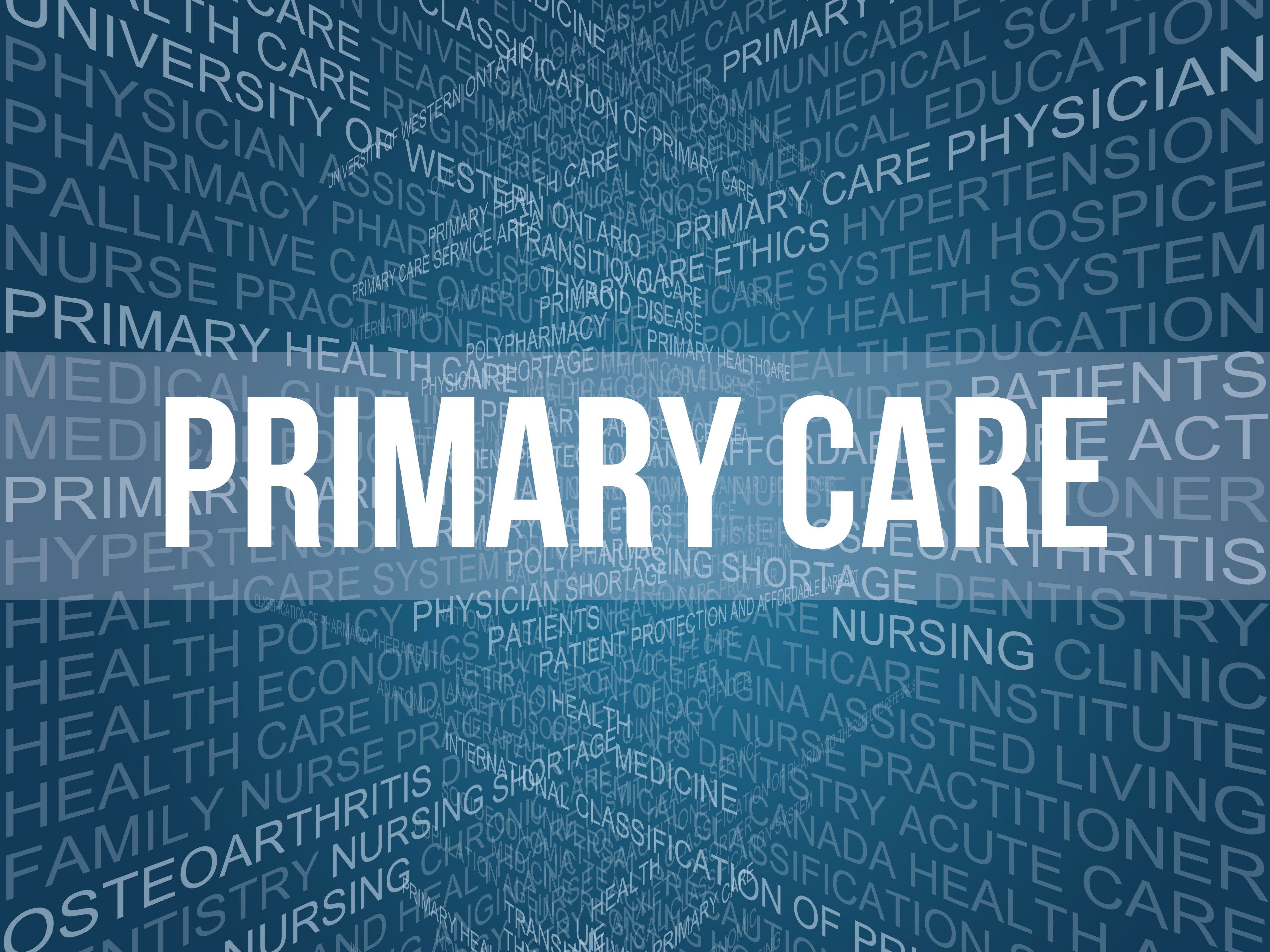News
Article
Here’s how challenges in U.S. primary care compare with peer nations
Author(s):
‘Finger on the pulse’ study compares four factors that can lead to better outcomes for patients.
© CrazyCloud - stock.adobe.com

Primary care is “facing challenges at the patient and provider level” in the United States and other developed nations, according to a new study by The Commonwealth Fund.
“Finger on the Pulse: The State of Primary care in the U.S. and Nine Other Countries,” quantified four core components of primary care that lead to better health outcomes for patients.
The United States is not unique dealing with problems in primary care.
“Factors like workforce shortages, physician burnout, and dwindling access for patients, driven in part by underinvestment and growing administrative burdens, pose significant barriers to care,” the study said.
The Commonwealth Fund compared the United States to nine peer nations across four areas:
- Access
- Continuity of care
- Comprehensiveness of care
- Coordination of care
The other countries were: Australia, Canada, France, Germany, the Netherlands, New Zealand, Sweden, Switzerland, and the United Kingdom. Data come from The Commonwealth Fund’s 2022 International Health Policy Survey of Primary Care Physicians and the 2023 International Health Policy Survey of adults aged 18 years and older.
Access to care
The United States ranked second-lowest at 87% for adults having a regular doctor or place to go for care. Canada was lowest at 86%, while the Netherlands ranked first at 99%.
Just two countries reported more than 10% of primary care physicians having high telehealth use, meaning the physicians used telehealth in more than 75% of their patient encounters. The U.K.’s National Health Services introduced telehealth before the COVID-19 pandemic, and it ranked highest at 28%. New Zealand ranked second at 13%; the United States was at 2%, and Switzerland and the Netherlands were at bottom at 0%.
The United States was last for physicians offering home visits (29%), while German and the Netherlands tied for the top at 100%.
Continuity of care
The United States was at bottom with 43% of adults having a longstanding relationship of at least five years with a primary care provider; the Netherlands was first at 76%.
In the United States, 52% of physicians had arrangements to see patients outside normal hours, meaning after 6 p.m. during the week or on Saturdays and Sundays. Sweden and the Netherlands were tied at the bottom at 16%, while France led at 91%. The study noted providing services outside regular operating hours can expand access to care and lower use of emergency departments while increasing patient satisfaction.
Comprehensive care
The United States and Germany tied at 32% for primary care physicians or their staff screening patients for social needs such as housing, financial security, food insecurity, transportation, domestic violence, or social isolation or loneliness. The Netherlands was at the bottom at 8%.
“This is particularly important given that compared to other surveyed countries, the U.S. has higher rates of material hardship, such as food insecurity and financial instability, along with a weaker social safety net,” the study said.
In every nation, at least 90% of primary care physicians said their practice was well prepared or somewhat prepared to manage the behavioral health needs of their patients.
Coordination of care
The United States, 66% of adults said their regular doctor always or often coordinates or arranges care form other physicians. Switzerland and Canada tied at 68%, while Sweden was lowest at 27%. Coordination includes help getting appointments, follow-ups to ensure patients get recommended care, and ensuring other physicians have relevant information.
But just 41% of U.S. primary care physicians said they get adequate coordination with specialists and hospitals about changes to patient care plans. New Zealand ranked first at 72%, while Germany was lowest at 20%.
Newsletter
Stay informed and empowered with Medical Economics enewsletter, delivering expert insights, financial strategies, practice management tips and technology trends — tailored for today’s physicians.





